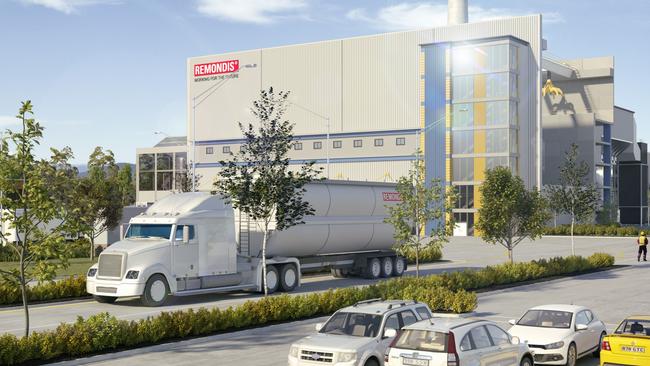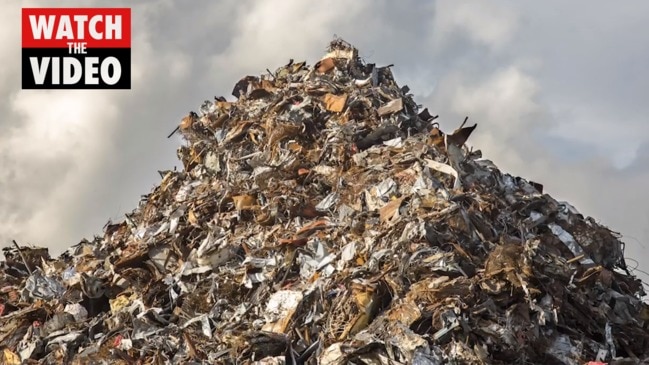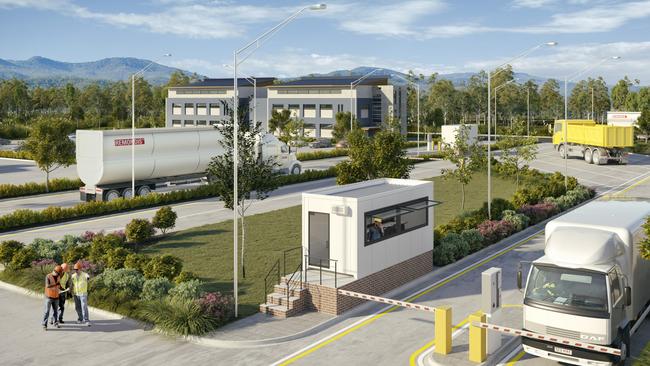Resident concerns over Craigieburn waste-to-energy plant
A state-of-the-art facility could power thousands of homes in Craigieburn. But some residents are worried about the potential environmental and health impacts.

North West
Don't miss out on the headlines from North West. Followed categories will be added to My News.
A waste-to-energy plant proposal in Craigieburn has drawn the ire of neighbours, but the company says there’s nothing to worry about.
The application from Enrgx Ptd Ltd for a waste-to-energy facility at 65 Amaroo Cr, Craigieburn was received by Hume Council on September 6.
As revealed by the Leader, the plant would take up to 500,000 tonnes of waste and turn it into energy, as well as sort recycling.
Waste-to-energy plans process landfill and recycling to generate electricity, using items such as timber, textiles and furniture.
Craigieburn resident Katherine Lowford was concerned waste-to-energy plants “reverse the mentality” of minimising waste.

“We need to be reducing, reusing and recycling,” she said.
“These plants create a demand for rubbish and non-recyclable products.”
Enrgx Ptd Ltd spokeswoman Helen Bouzas said plants across Europe, China and Canada were designed to “work in harmony” with recycling plants.
“They play a vital role in safely and compliantly treating non-recyclable contaminating household, commercial and industrial waste that would otherwise be discharged to landfills,” she said. “Plans remove waste from landfills and composting plants that emit methane.”
Ms Bouzas said landfills had a global warming potential of 25 times higher than what was emitted from the average waste-to-energy plant.
POLLUTION CONCERNS
A similar waste-to-energy plant was approved at the Maryvale Paper Mill in the Latrobe Valley last year, with the potential to power 15,000 homes, as well as generate its own power and steam needs.
Another $400 million proposal will power 50,000 in Queensland’s southeast.
Ms Lowford also raised concerns with air quality and potential health impacts in the area around the proposed Craigieburn plant, including the potential for acid rain.

“Even though the technology has come a long way, the fact is they still release toxic pollution into the air,” she said.
“Anything airborne is still able to be breathed in. We don’t know the long-term effects of these pollutants.”
Ms Bouzas said plants were designed to limit emissions in accordance with the European Union Waste Incinerator Directive, and low levels of sulphur and nitrogen oxides “negated” the potential to produce acid conditions.
Northern Community Recycling Group founder Ann Williams said she was concerned the plant would be a “quick fix” to Australia’s landfill issues with long-term consequences.
“The proposed site is so close to residential communities, it’s right behind Bunnings,” she said. “The risk is, we don’t have to be dependent on the wind blowing, we’re going to be exposed to these emissions.”
MORE: WASTE-TO-ENERGY PLANT PROPOSED FOR HUME
RECYCLING TO RESTART IN THREE MELBOURNE COUNCILS
MACEDON RANGES BANS GLASS FROM RECYCLING BINS .
Ms Williams said the group had started an “early conversation” with Hume Council about the proposal. She also raised concerns with potential effects on the surrounding environment and climate change output.
Ms Bouzas said there were “1500 (waste-to-energy) plants operating successfully worldwide with no adverse health effects”.
“Large mega cities such as Melbourne are not able to function in terms of maintaining public health if rotting disease ridden household waste and commercial/industrial waste is not collected and disposed of safely,” she said.
“Public health can only be guaranteed in large populations by supplying clean water, sewage disposal systems and household and commercial waste collection and destruction systems.”
